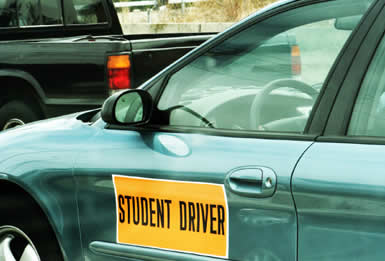State stepping up driver’s education requirements
Published 12:00 am Wednesday, August 1, 2012
By ROBIN SHANNON
L’Observateur
LAPLACE – A new law that hits the books today is putting more emphasis on classroom and behind-the-wheel instruction for any new drivers wishing to get a license in the state.
Drivers that are 17 will now be required to take 30 hours of classroom lessons and eight hours of behind the wheel instruction before they can get a drivers license. Previously, 17-year-olds only needed six hours of classes and no time behind the wheel. Any new drivers 18 and older will need eight hours of behind-the-wheel instruction in addition to six hours in the classroom.
State Sen. Gary Smith of Norco, who proposed the bill that was passed during the legislative session earlier this year, said the measure could help to curb the number of serious accidents that involve young or new drivers.
“Looking into research while creating the bill, we found that 15- and 16-year-olds who take the extensive drivers education course have about half as many accidents as the 17-, 18- or 19-year-olds who were just getting six hours in the classroom and no time on the road,” Smith said. “We are looking at ways to reduce accidents and reduce insurance rates in the state.”
Col. Mike Edmonson with State Police said the new law will ensure teens and new drivers are prepared to take on the responsibility required to safely operate a vehicle. He said the classroom instruction takes into account the increased number of potential distractions that can cause a young driver to lose focus.
“The number one killer of teenagers in the United States is motor vehicle crashes, and when we look at stats that say teenagers are four times as likely to get into crashes than adults, it really strikes a nerve with us,” Edmonson said. “There has to be an understanding of what it means to take control of an automobile and how quickly things can change if something like a text or phone call takes your attention away.”
Smith said adding the road requirement for those 18 and older allows new drivers to “learn by doing” and gain skills that might not be learned in a classroom.
“When I was learning to drive my parents put me behind the wheel and took me on the road before I even thought of taking an actual driver’s education course,” Smith said. “There is more congestion on the roadways, there are more distractions that can take our eyes off the road, and new drivers need to see how it feels to have control over a car.”





